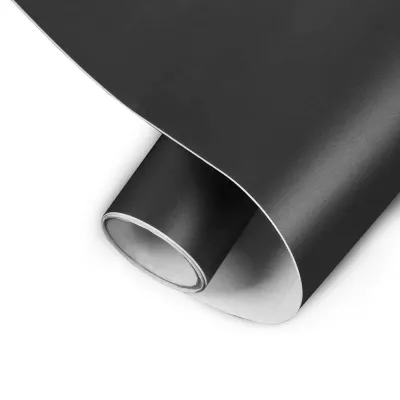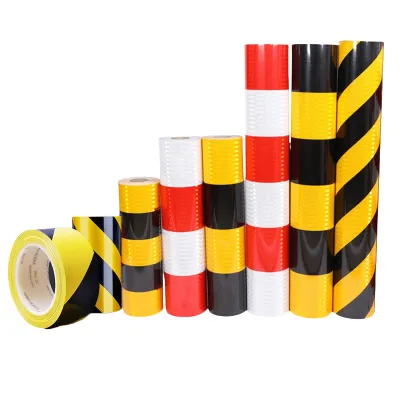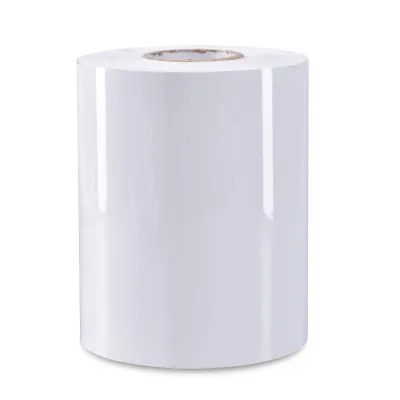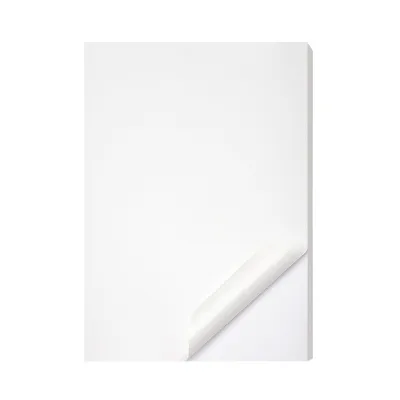Creating High-Temperature Resistant Sticker Labels with a Circular Blade Cutter Sticker labels play an indispensable role in various industries, serving as vital markers and communicators. From product branding to information dissemination, the sticker label industry demands labels that are not only visually appealing but also durable and resistant to challenging environments. This article delves into the process of crafting high-temperature resistant labels using a circular blade cutter.
Understanding High-Temperature Resistance** High-temperature resistant labels are essential in sectors such as automotive, aerospace, and industrial manufacturing, where labels are exposed to extreme heat. These labels are designed to withstand temperatures well beyond the capability of conventional labels. High-temperature resistance ensures that the labels remain legible and functional, adhering to the highest quality standards.
The Circular Blade Cutter Advantage One of the key components in creating high-temperature resistant labels is the circular blade cutter. This precision tool ensures accurate and consistent label cutting, making it ideal for creating labels that meet the stringent requirements of high-temperature environments.
The Materials Needed To craft high-temperature resistant labels with a circular blade cutter, the following materials are essential: 1. High-temperature resistant label material 2. Circular blade cutter 3. Design templates 4. Appropriate adhesives 5. Lamination material (optional)
The Crafting Process The process of creating high-temperature resistant labels can be broken down into the following steps:
Step 1: Material Selection Begin by selecting a high-temperature resistant label material. This material should be capable of withstanding extreme heat without deteriorating. The choice of material may vary depending on the specific requirements of your industry.
Step 2: Design Using design templates, create the label's visual elements, including text, graphics, and any necessary barcodes. Ensure that the design is clear and professional.
Step 3: Printing Print the label design onto the high-temperature resistant label material using an appropriate printing technology. For maximum durability, consider thermal transfer printing or laser printing.
Step 4: Lamination (Optional) For added protection, consider laminating the labels. This additional layer enhances resistance to heat, chemicals, and physical wear and tear.
Step 5: Circular Blade Cutting Here comes the critical role of the circular blade cutter. Position the printed and optionally laminated label material on the cutter's surface. The circular blade cutter ensures precise cutting with smooth edges, enhancing the label's overall appearance and performance.
Step 6: Adhesive Application Apply the appropriate adhesive to the back of the label. The adhesive must also be heat-resistant to ensure the label remains securely attached in high-temperature environments.
The Final Product After following these steps meticulously, you'll have a set of high-temperature resistant labels that are ready for use in demanding applications. These labels will withstand extreme temperatures, ensuring that crucial information remains intact and legible.
Conclusion The sticker label industry caters to diverse needs, and the production of high-temperature resistant labels is a niche within this industry. Creating these labels requires precision and a keen eye for detail. The circular blade cutter, as discussed in this article, plays a pivotal role in ensuring that labels are accurately cut to perfection. With the right materials and tools, manufacturers can confidently supply labels that meet the high standards set by industries operating in extreme heat conditions. High-temperature resistant labels are not just about aesthetics; they are essential tools that convey critical information, even in the harshest of environments.
We offer comprehensive technical support, including free professional labeling solutions, advice on label materials and adhesive selection, as well as online/offline assistance from professional software and hardware engineers. Service email: andy@ownlikes.cn. In pre-sales, we leverage our extensive experience in specialty labeling projects to provide clients with the most suitable hardware solutions. Additionally, all our label barcode printers and scanners come with a three-year free warranty, demonstrating our confidence in our products.




